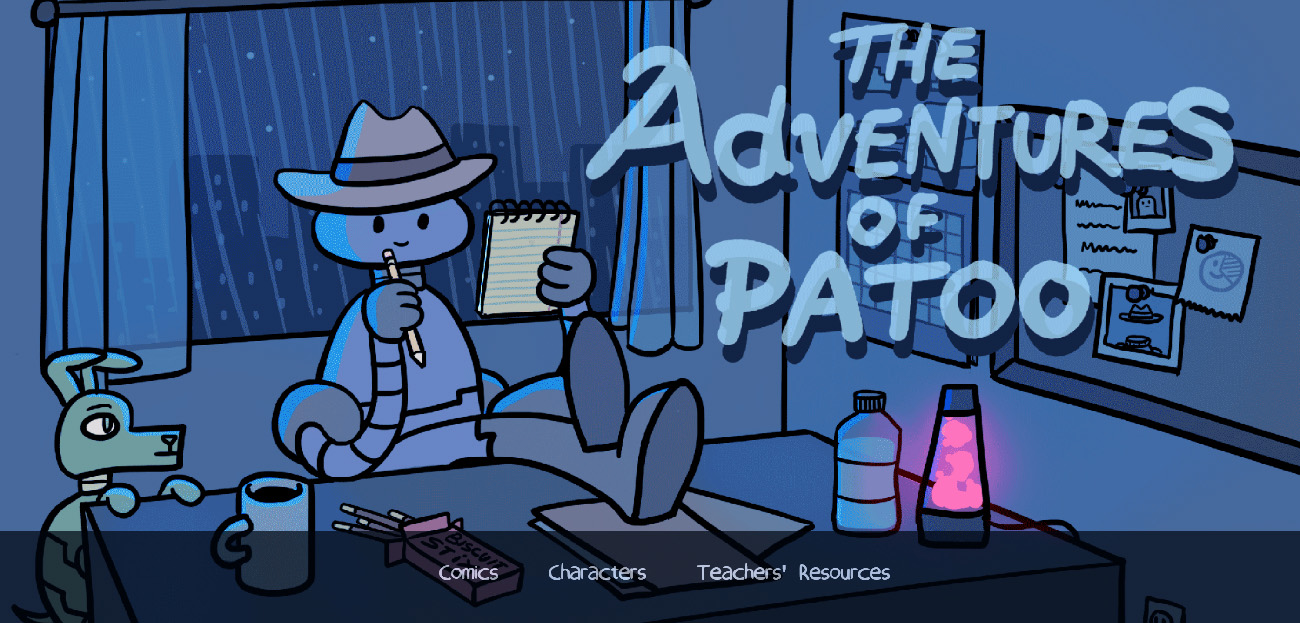“Science Cartooning: The Ideal Couple” by Mortazavi
Conference:
Type(s):
Title:
- Science Cartooning: The Ideal Couple
Presenter(s)/Author(s):
Abstract:
Traditional education continuously faces the challenge of encouraging students to care about the subject material. Edutainment (educational entertainment) has been one of the attempted solutions to this issue. There are several problems with existing edutainment; first, not all of it is created equal – topics in student and mental health are drastically underexplored compared to traditional lessons in science. Additionally, much of edutainment is still burdened with using traditional academic techniques as its core to engage the audience, with visuals and entertainment being used as an enhancement to the experience. However, entertainment is inherently based on tried and tested practices that engage the audience [Speer et al. 2009; Zak 2014]. This talk focuses on flipping this model. With edutainment, entertainment and user experience practices should be the core – with the details of the academic content being secondary to the overall experience. In this way, the subject material is not discussed in detail, and the primary goal is to excite the audience. My approach has been with science cartooning – writing comics and stories that communicate topics in health. Hired by the University of British Columbia (UBC) Digital Emergency Medicine team, I helped create an interactive graphic novel for the BC curriculum called The Adventures of Patoo [Mortazavi et al. 2018], which covers topics in physical and mental health for students in grades 4-7. The positive student and teacher feedback from the school pilots of The Adventures of Patoo is a good indication that edutainment does not have to carry much educational content. It can just be a teaser trailer.
Acknowledgements:
The author would like to thank Ronald Ho for his role as programmer in the development of The Adventures of Patoo, and Tiago Sartor, Jonathan Lee, Jessica Ortega and Arushi Nagar who helped create the initial prototype of the interactive graphic novel in 2015. He also thanks the research team at Digital Emergency Medicine (Kendall Ho, Elizabeth Stacy, Anne-Marie Jamin, Travis Nagle) – the client for this project – and M. Hudoba de Badyn.





